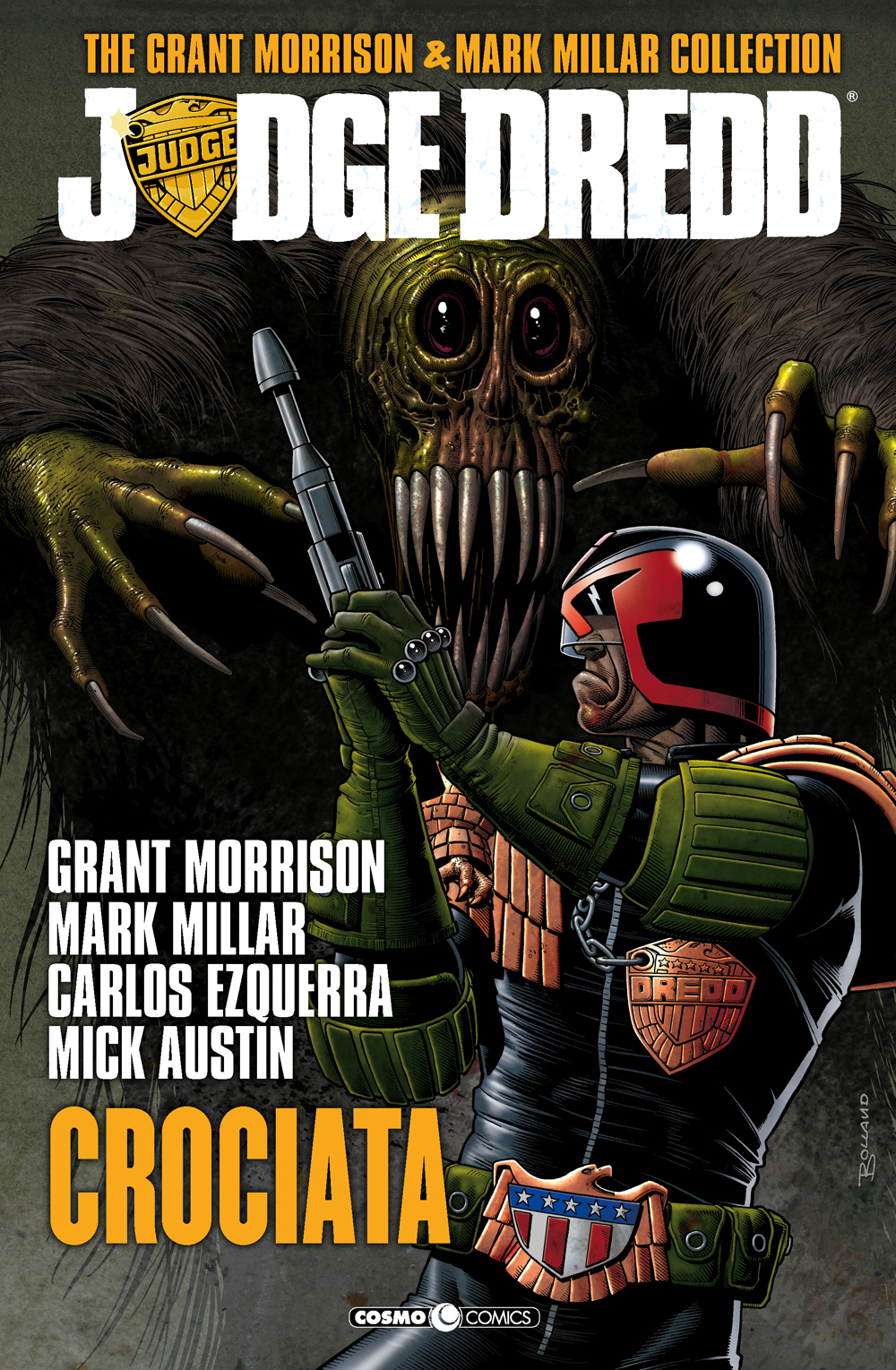

A reflection of our own struggles with law and justice, living and dying.īut that idea essentially lacks nuance, dismissing the flexibility of Dredd as a figure and the function of his stories. Indeed, many purists and diehard fans will tell you that Dredd functions best when he is unflinching and morally reprehensible. A “Street Judge”-officer, judge, jury, and executioner in the monolithically dystopic Mega-City One-Dredd is, by all outward appearances, a one-dimensional satire of fascism in his original conception by writer John Wagner and artist Carlos Ezquerra.

On the flipside, all of these strips have a sort of gritty look to them that might be preceding 2000 AD’s “dark” period, which I believe is forthcoming in the Case Files, but at this point, it’s mostly accompanying pretty fun, lightweight stories.Since his debut in 1977’s 2000 AD #2 over forty years ago, the grim, fit, and unapologetic Judge Dredd has become both one of comics’ most emblematic figures, but also one of its most enigmatic. The latter two go really stylizied, Hicklenton covering up a fairly clunky story from Wagner that keeps up his obsession with spider-mutants, though it’s also possible that that over-stylization hinders the flow somewhat. The Megazine stuff, as mentioned, is sort of a similar ilk, but it looks really good – Jim Baikie, Dean Ormstom, John Hickleton. To be clear, Garth’s work here is totally fine, it’s just a return to the status quo for the most part, albeit with Ennis’ particular sense of humor – heavy on violence and punishing to its characters, though sans the gross-out liberties imprints like Vertigo would later allow. While the latter is notable for introducing the Irish judges, Dredd feels mostly back to business-as-usual, disrupting some of the more cautious re-integration Wagner was doing in the weeks prior (and that he would explore mid Death Aid in some “interludes”, though the Case Files rearrange the order so that Death Aid is all together and the interludes appear afterwards). Ennis comes in after this for a couple of arcs – Death Aid and Emerald Isle. Maybe, who, no surprise, loved Necropolis.

It shows Joe finding his way back into the temperament of the judge system, as well as following up directly with Yassa, and returning once more to P.J. Wagner’s Necropolis codas kick things off, and are the best part of the book. Toss in the first few entries from the Judge Dredd Megazine, which feature some fantastic art but are very much typical tales, not so much on the world-building or philosophizing tip, and we have a pretty average collection. A somewhat underwhelming and tonally uneven followup to the Necropolis arc, volume 15 feels split between some interesting conceptual plot-threads post that epic from Wagner, and Garth Ennis’ – the first post- Wags / Grant Dredd writer – somewhat more mean-spirited and humorous take on the world.


 0 kommentar(er)
0 kommentar(er)
